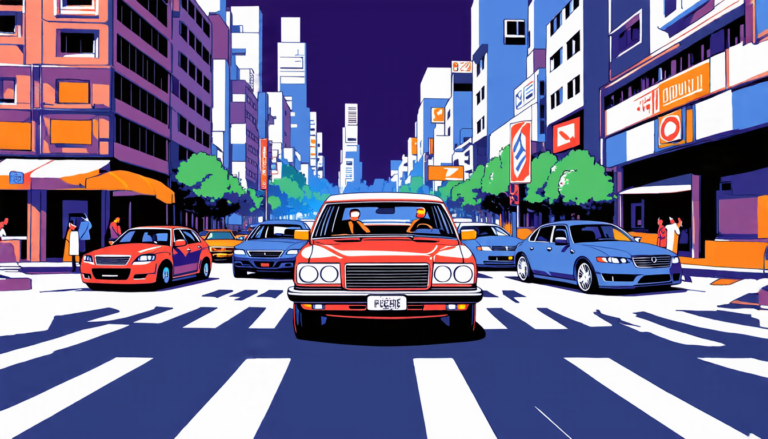Thursday 13 March 2025
A decade ago, a revolutionary approach to object detection burst onto the scene, promising to transform the field of computer vision. The You Only Look Once (YOLO) algorithm, developed by Joseph Redmon and Ali Farhadi, was hailed as a game-changer for its ability to rapidly identify objects within images with unprecedented accuracy.
Since then, YOLO has undergone numerous iterations, each refining the original design to tackle increasingly complex tasks. The latest iteration, YOLOv11, marks a significant milestone in this journey, boasting impressive performance and efficiency gains that make it an attractive choice for real-world applications.
At its core, YOLO is a deep learning-based algorithm that leverages convolutional neural networks (CNNs) to recognize objects within images. The key innovation lies in its ability to process entire images at once, rather than scanning them sequentially as traditional object detection methods do. This allows YOLO to identify multiple objects simultaneously, making it particularly effective for tasks such as autonomous vehicles and surveillance.
Throughout the years, YOLO has evolved to address specific challenges, such as handling varying object sizes, dealing with occlusions, and improving performance on low-resolution images. Each iteration has introduced novel architectural components, from the Spatial Pyramid Pooling (SPP) layer to the Partial Self-Attention (PSA) mechanism.
YOLOv11, in particular, represents a significant refinement of the original design. By introducing new building blocks, such as the C3k2 and C2PSA layers, the algorithm has achieved impressive performance gains while maintaining its signature speed and efficiency.
One of the most notable advancements in YOLOv11 is its ability to handle objects of varying sizes with greater precision. This is achieved through the use of multi-scale feature pyramid networks, which allow the algorithm to capture features at multiple resolutions simultaneously. This enables YOLOv11 to accurately detect small objects, such as cars or pedestrians, while also handling larger objects like buildings or trees.
Another significant improvement lies in the PSA mechanism, which enables the algorithm to focus on specific regions of interest within an image. This is particularly useful for tasks where object context is crucial, such as identifying objects in crowded scenes.
The efficiency gains of YOLOv11 are equally impressive. By leveraging novel architectural components and optimizing computational resources, the algorithm has achieved a significant reduction in processing time while maintaining its accuracy. This makes it an attractive choice for real-world applications where speed and efficiency are paramount.
Cite this article: “YOLOv11: A Revolutionary Upgrade to Object Detection”, The Science Archive, 2025.
Object Detection, Yolo, Deep Learning, Computer Vision, Convolutional Neural Networks, Image Processing, Autonomous Vehicles, Surveillance, Object Recognition, Real-World Applications.







